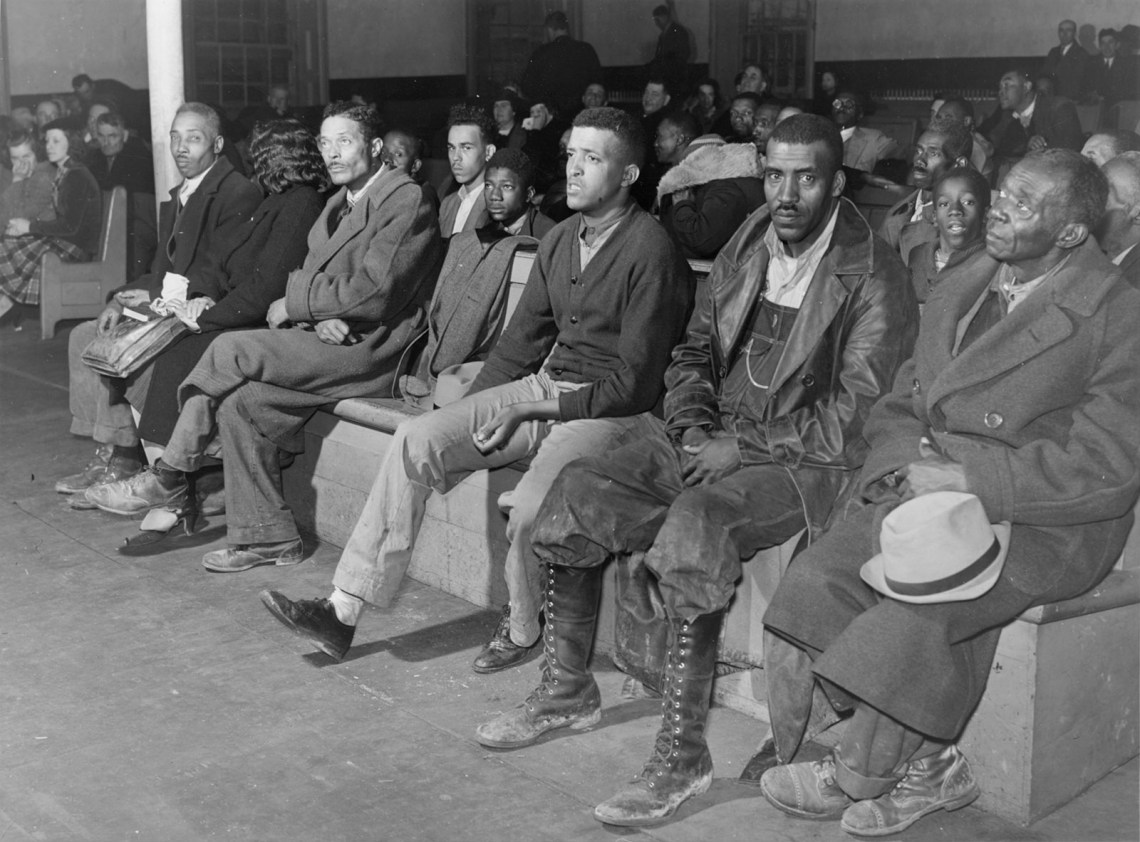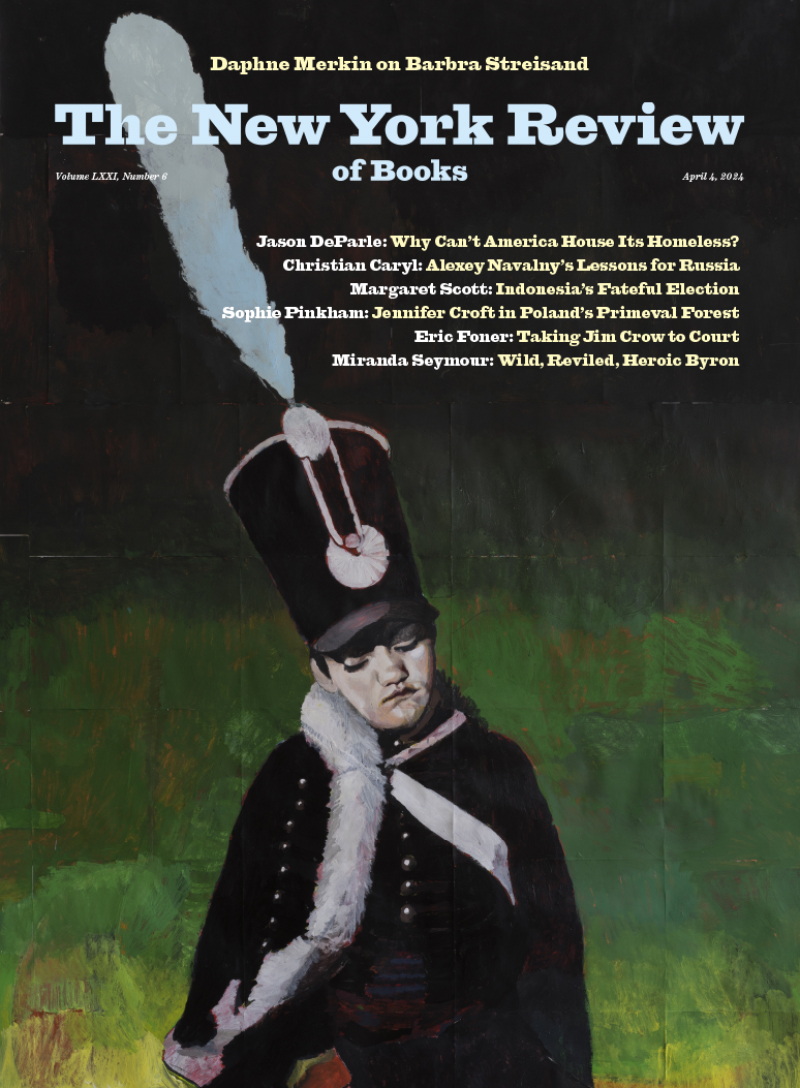A ‘Wary Faith’ in the Courts

Schomburg Center for Research in Black Culture/New York Public Library
Spectators and witnesses at the trial for a case involving an automobile accident, Oxford, North Carolina, 1939
During its heyday in the 1960s the civil rights movement caused deep divisions in American society. More recently it has been absorbed into a whiggish narrative of progress in which a system resting on white supremacy was superseded by one that, while hardly perfect, is considerably closer to the ideal of equal justice under law. Participants in what is sometimes called the “freedom struggle” included courageous activists who put their lives on the line in the Jim Crow South and a cadre of civil rights attorneys, exemplified by Charles Hamilton Houston and Thurgood Marshall of the NAACP, who in a series of landmark cases persuaded the federal courts that the legal system institutionalized around 1900 in the southern states violated the constitutional rights of Black Americans.
Before this triumph of the rule of law, according to what Dylan Penningroth calls the “master narrative of civil rights,” Black southerners had little faith in the legal system and did their best to avoid contact with it. This makes intuitive sense. Why would African Americans believe they could achieve fair results in courts dedicated to upholding white supremacy? Better to steer clear of southern courtrooms entirely.
Penningroth, who teaches history and law at the University of California, Berkeley, believes that current scholars’ understanding of the emergence of the civil rights movement rests on a series of misconceptions about Black Americans’ “legal lives.” He sets out to demolish them. Even during the days of slavery, he insists, they knew a lot more about legal principles than one might imagine. From experience and observation, they developed what Penningroth calls “goat sense” (following the coinage of the Black tenant farmer Ned Cobb, the protagonist of the 1974 best seller All God’s Dangers
)—a working knowledge of legal rules and concepts.Far from avoiding the courts, they utilized all the legal tools at their disposal. From the late nineteenth century to the era of the civil rights movement, he writes, “Black people poured out their family stories” in legal cases, exhibiting a “wary faith” that the courts would uphold their claims to what he calls the mundane “rights of everyday use”—rights that derived from ownership of property, the signing of contracts, the “associational privileges” of membership in Black churches, and legal claims, such as inheritance, acquired through marriage. Rather than heroic freedom fighters courageously confronting repression or victims avoiding the courts at all costs, Black Americans emerge in this telling as ordinary folk using the law to help make the best of difficult circumstances.
Penningroth’s conclusions emerge from an epic research agenda in which he and his students examined some 14,000 legal cases, identifying 1,500 with Black litigants, most but not all in the South. These were civil litigations, matters of private law whose documentary records long lay unexamined in local courthouses. As has lately become common among historians, Penningroth intersperses his account with his own family’s experiences from the time of slavery to the twentieth century’s Great Migration as a point of departure and reference.

No comments:
Post a Comment